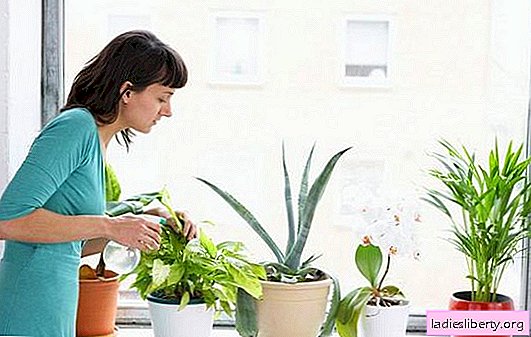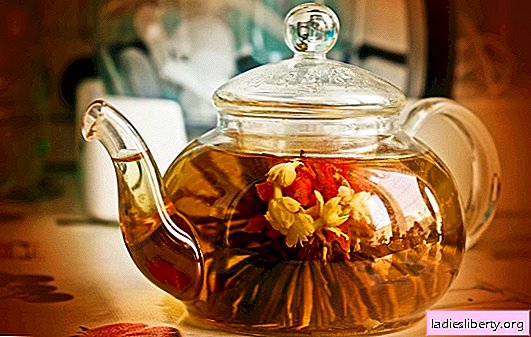
Spanish researchers have found that simple houseplants reduce the risk of colds and flu. According to research, people with large plants at home are 30% less likely to suffer from viral and bacterial diseases.
Which plants have healing properties?
The healing properties of plants have been known to mankind for millennia. Until the beginning of the 20th century, herbal medicine was even the only way to get rid of discomfort and treat diseases. The knowledge that helps to resist disease is based on the rich experience of many generations.
Over the past 30 years, herbal medicine has developed in two directions: traditional and rational. While traditional herbal medicine relies on many years of experience, the rational works in accordance with strictly scientific criteria.
In European herbal medicine alone, more than 3000 medicinal plants are known, about 500 are used today for the production of medicines. Their flowers, leaves, fruits, seeds, onions, roots, bark or forest turn into teas or finished preparations. The use of herbal medicine is as diverse as the plants used.
Many people have indoor plants in their homes because they look good and improve air quality. Experts have found that plants in homes can protect against colds and flu. Various plants can reduce the infectivity of airborne viruses by increasing the humidity in the room.
Researchers at the National Institute for Occupational Safety and Health (NIOSH) and the University of West Virginia have come to these conclusions.
Especially ferns and palm trees can reduce the infectivity of airborne viruses or bacteria.
Doctors published the results of their study in the English-language journal PLOS.
What provides protection against colds and flu?
There are several ways to protect yourself from the common cold or flu. Some people are vaccinated against a pathogen, others rely on the positive effects of sports or use drugs.
According to experts, the humidity and virulence of the influenza virus can be significantly reduced at a humidity of more than 40%. Higher humidity also means less infectious viruses in the air.
Because of this, indoor plants are really able to protect against flu infections. All plants, except succulents and cacti, increase humidity through a process called transpiration.
What is transpiration?
Transpiration occurs when direct sunlight falls on the leaves, and water evaporates from them into the air. The plant, in turn, draws water from the earth to compensate for the fluid lost during evaporation.
The larger the plant, the more transpiration occurs and the more water gets into the air. Humidity increases with increasing intensity of sunlight. If you put more large plants in the room, the humidity will increase even more.
Which plant works in which room?
It is recommended to put a specific plant in each room. In order for them to be fully effective, they must be located in different rooms. Indoor plants should not be placed in too warm, cold, sunny or dark places.
- Living room: philodendron and ferns provide good humidity, industrial hemp binds cigarette smoke and purifies the air.
- Bedroom: green lily, ivy and real aloe turn carbon dioxide into oxygen at night and improve sleep quality.
- Kitchen: It is recommended to use plants that neutralize the bad odors of rosemary and thyme.
- Office: In addition to influenza viruses, the office contains other contaminants. Toner and plastic films contain formaldehyde and benzene. Betel nut, figs, dragon tree and aralia indoors filter up to 80% of these toxic substances.
The clinical efficacy of individual plants was tested in studies. Most large plants reduce by 30% the risk of developing predominantly viral infections. For bacteria, this indicator is 15-20%, which is clinically insignificant.











